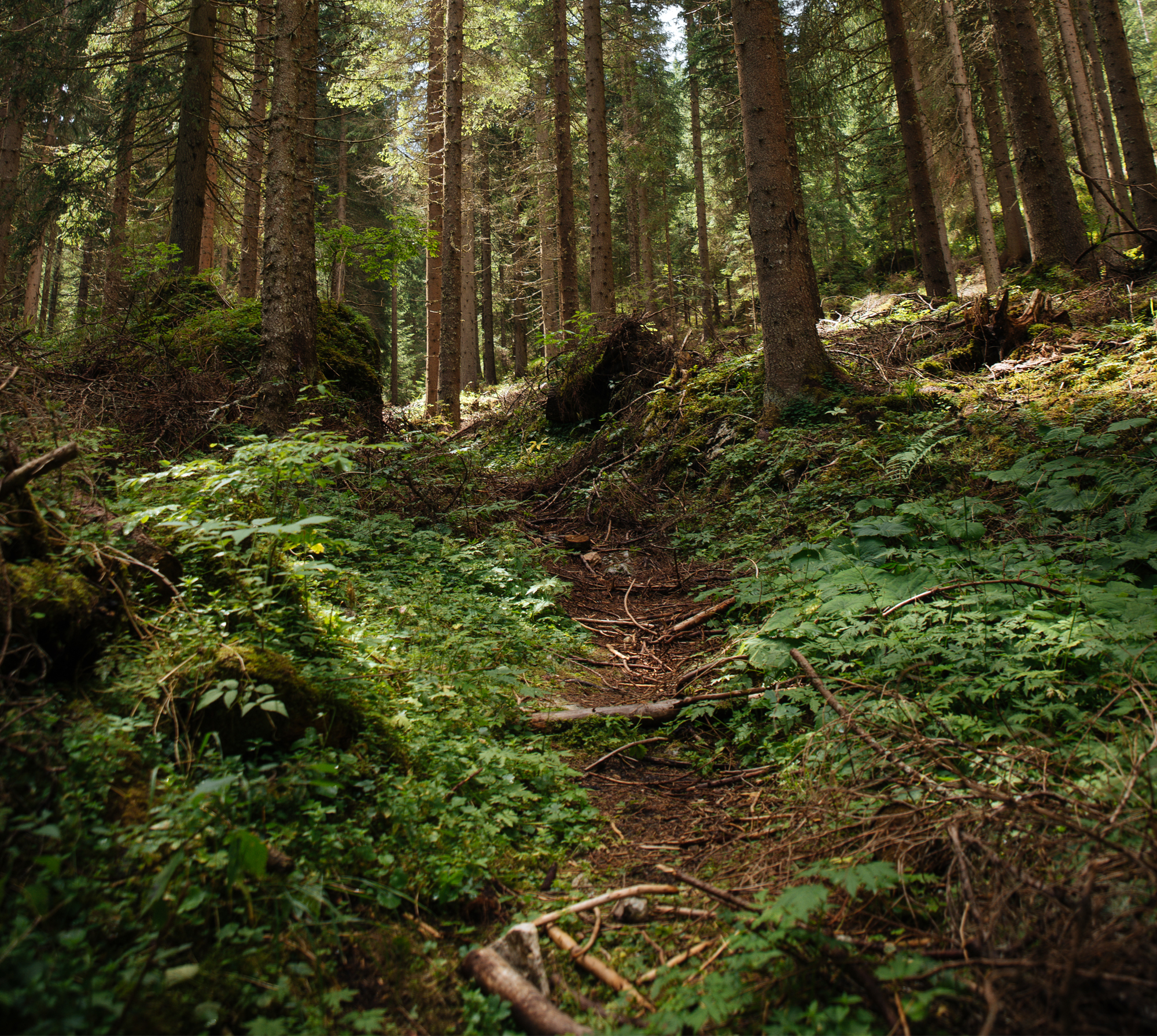
Zastosowanie zdjęć hemisferycznych do opisu struktury warstwy koron i modelowania warunków świetlnych pod okapem drzewostanów
The use of hemispherical photographs for canopy description and light condition modeling in tree stands
Autorzy
-
Leszek Bolibok
Szkoła Główna Gospodarstwa Wiejskiego w Warszawie, Wydział Leśny, Katedra Hodowli Lasu
ul. Nowoursynowska 159/34
02-776 Warszawa
Tel. +48 22 5938106, e-mail: leszek_bolibok@sggw.pl
Abstrakt
The use of hemispherical photographs allows rapid assessment of canopy openness, which is the complement of canopy closure. Both mentioned parameters describe the canopy as seen from a single point. The hemispherical photography could also be used to assess canopy cover (attribute which refers to ground area) but in practical application it is rather slower than other methods. Leaf area index (LAI) is also a canopy feature often measured by this method. The modeling of light conditions under the canopy is another main application of hemispherical photography. The modeled levels of incident and diffuse radiation are usually comparable with direct measurement in most forest conditions but under the very dense canopy the discrepancy could be bigger. Photographs taken in forest are analyzed by researchers with specialized software. Special care should be taken in using proper initial software settings describing light conditions above the canopy. Another important source of subjectivity in the analysis could be the thresholding process when all pixels of the image are classified as canopy or open sky. In older applications it was researcher’s task to choose appropriate brightness level, which distinguishes canopy and sky in the picture. Fortunately in the last decade a few automated methods of thresholding were invented and successfully implemented.
Słowa kluczowe
| DOI | 10.2478/v10111-010-0013-2 |
|---|---|
| Source | Leśne Prace Badawcze (Forest Research Papers), 2010, Vol. 71 (2): 175–188. |
| Print ISSN | 1732-9442 |
| Online ISSN |
2082-8926 |
| Type of article |
Review article |
| Original title |
Zastosowanie zdjęć hemisferycznych do opisu struktury warstwy koron i modelowania warunków świetlnych pod okapem drzewostanów |
| Publisher | Instytut Badawczy Leśnictwa, Sękocin Stary, Poland |
| Date | June, 2010 |
- Szczepkowski A. Odporność drewna dębu szypułkowego (Quercus robur L.), z drzew o różnym stanie zdrowotnym, na rozkład powodowany przez grzyby
- Lachowicz H. Wybrane wskaźniki jakości technicznej drewna brzozy brodawkowatej (Betula pendula Roth.) w północno-wschodniej Polsce
- Gołos P. Społeczne znaczenie publicznych funkcji lasu – pożądany dla rekreacji i wypoczynku model drzewostanu i lasu
- Bruchwald A., Dmyterko E. Metoda określania ryzyka uszkodzenia drzewostanu przez wiatr

